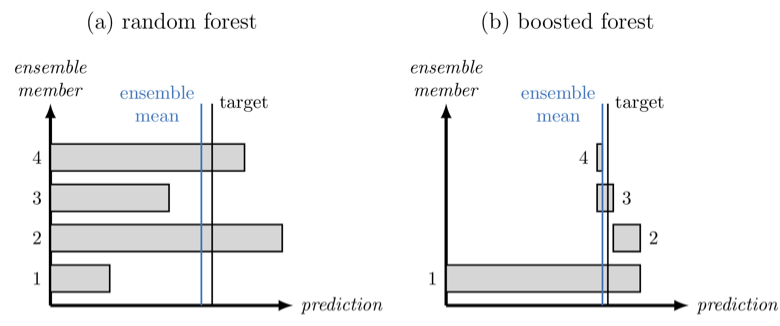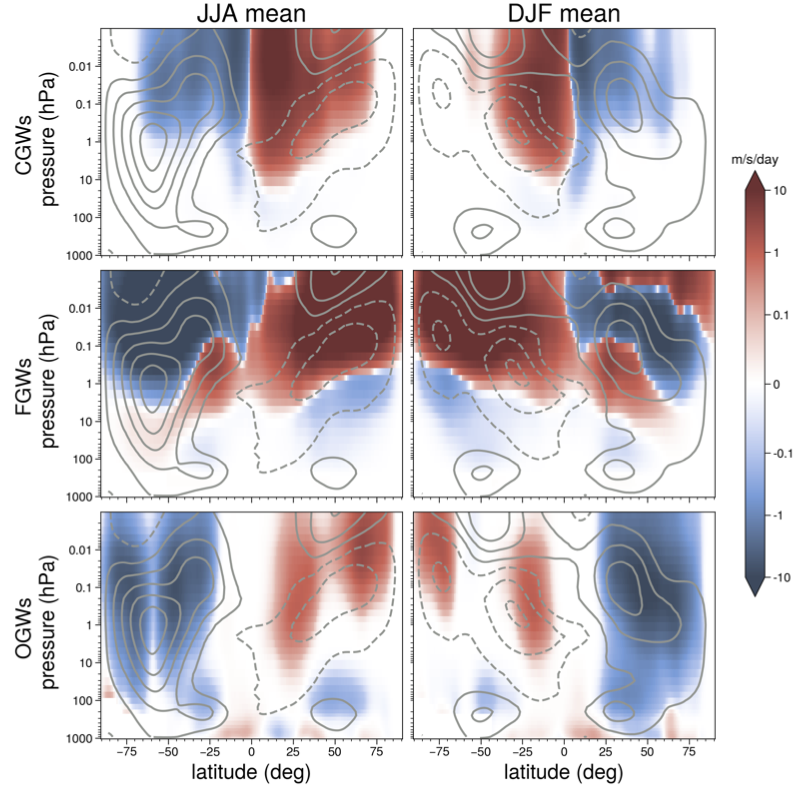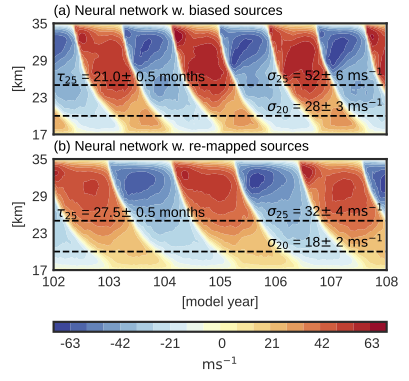Extratropical Stratosphere-Troposphere Coupling
Published:
Please see our chapter on extratropical stratosphere-troposphere coupling, just submitted as Chapter 6 of the SPARC Reanalysis Intercomparison Project, S-RIP. I’m quite pleased by the final (or at least, submitted) product! Kudos to Patrick Martineau, my co-lead on this 17 author effort which started over 6 years ago. Six years ago, a far away time when I only had one kid. To say that I’m very relieved to have this submitted is an understatement!
This chapter assesses the representation of the two-way coupling between the troposphere and the stratospheric polar vortices in the reanalysis products. A broad range of time scales are evaluated, from sub-seasonal to decadal, with a particular emphasis on Sudden Stratospheric Warming (SSW) events, which are among the clearest manifestations of coupling between the tropospheric and stratospheric circulations. Coupled variability on synoptic to seasonal time scales is evaluated by comparing the timing, evolution, and dynamical consistency of SSW events and Final Warming events, and the representation of the Annular Mode indices. Variability on interannual time scales is evaluated by comparing the modulation of sub-seasonal stratosphere-troposphere coupling by El Nino-Southern Oscillation (ENSO) and the Quasi-Biennial Oscillation (QBO). Finally, variability on decadal time scales is evaluated by comparing atmospheric circulation trends driven by the depletion of stratospheric ozone over Antarctica.
As the large scale circulation cannot easily be characterized from direct observations, this chapter has largely focused on the consistency between the reanalyses, asking the question: would the characterization of stratosphere-troposphere coupling provided by a given reanalysis differ from that provided by another? The internal self consistency of reanalyses has also been evaluated, allowing for more objective grading of the reanalyses. In the satellite era, there is generally good agreement among full-input reanalyses on stratosphere-troposphere coupling on synoptic to interannual time scales. In addition, conventional-input reanalyses in the Northern Hemisphere (and hence full-input reanalyses before the introduction of satellites) are fairly consistent as far back as 1958. There is, however, demonstrable evidence of improvement in the more recent reanalyses. While results in prior studies based on older reanalyses will generally not be significantly different from comparable results based on the modern reanalyses, due to large sampling uncertainty, we strongly recommend that users discontinue use of older reanalyses. The dominance of sampling uncertainty implies that our assessment of stratosphere-troposphere coupling is limited by the length of the reanalysis records. Consequently, the availability of high quality pre-satellite era reanalysis in the Northern Hemisphere reduces our uncertainty in the tropospheric response to SSWs by approximately 20%.
Among the more modern reanalyses, a consistent trend in the coupled stratosphere-troposphere circulation is found, associated with ozone loss in the austral hemisphere. Caution should always be employed in the assessment of decadal variations and trends in stratosphere-troposphere coupling, however, due to changes in the observational network. It also shown that uncertainties in older and conventional-input reanalyses increase with height, particularly above 10 hPa, and that satellite observations appear to be critical for an assessment of stratosphere-tropospheric coupling in the austral hemisphere. Finally, surface-input reanalyses have also been evaluated. While they should not be used in place of a full-input reanalysis, there is evidence that ERA-20C captures a substantial fraction of the variability between the troposphere and stratosphere, and so may be valuable for research into low frequency variations in stratospheric-troposphere coupling.




